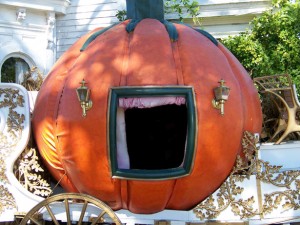Parents and caregivers of young children often forget, or even avoid, traditional fairy tales. After all, these stories are politically incorrect and have stereotypes and violence. As a new ‘enlightened’ teacher, when an older professor suggested using them as a teaching tool, I scoffed at this idea from the Dark Ages. How can fairy tales help with readiness for kindergarten? Because fairy tales have underlying layers of symbolism and reflect children’s deeper feelings.
 The story of Cinderella creates quite different reactions in children than in adults. To us, it seems to reinforce the idea of being reduced to a thankless, helping role. That’s often how children feel with little freedom of choice and that they are locked into what adults want them to do. But Cinderella dreams. And these dreams are powerful enough to come true. Dreams do come true in real life, not just fairy tales.
The story of Cinderella creates quite different reactions in children than in adults. To us, it seems to reinforce the idea of being reduced to a thankless, helping role. That’s often how children feel with little freedom of choice and that they are locked into what adults want them to do. But Cinderella dreams. And these dreams are powerful enough to come true. Dreams do come true in real life, not just fairy tales.
Have you seen the very popular movie based on the true story of Eat, Pray, Love? The little girl in Bali caresses a broken bit of tile and dreams of a house. It does indeed happen. Just like Cinderella using a pumpkin to turn into a coach, she too uses something ordinary to hold onto as she dreams.
While being able to distinguish reality and fantasy is part of kindergarten readiness, so is using imagination. Symbols can help with emotions that kids are too young to express in words. Read or tell the tale of Cinderella with your little one. If your child is old enough, you may want to talk about dreams. (When kids are little, I know that, for parents and caregivers, sleep is far more precious than dreams! The lack of it is a real nightmare.) Have some of your dreams come true?
